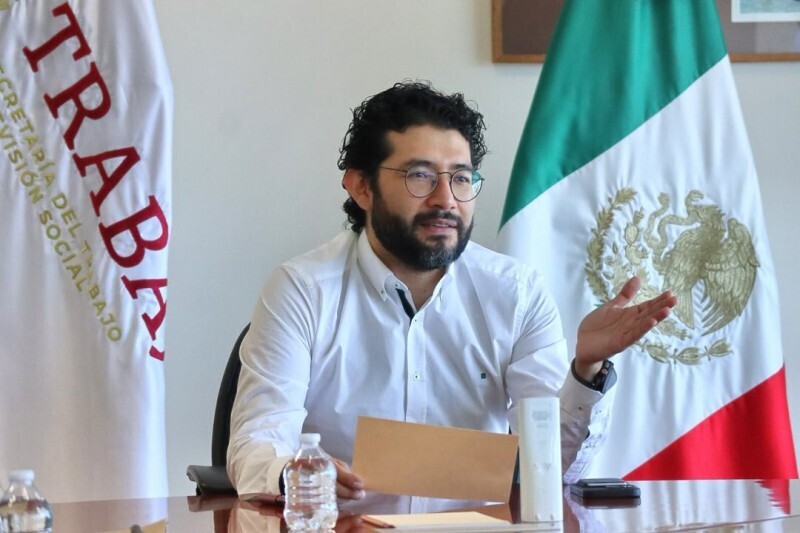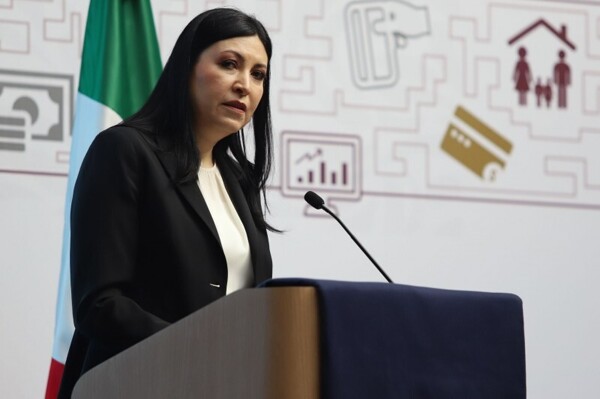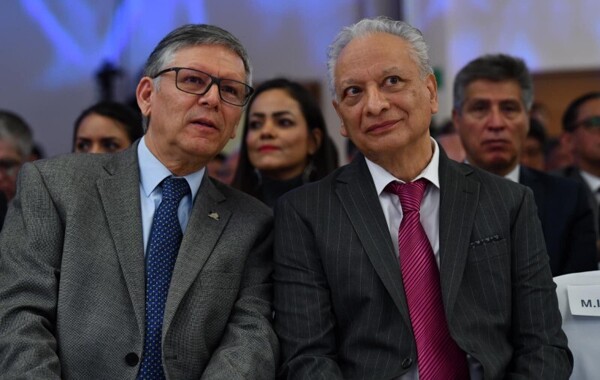
According to the data, the informal sector in Mexico continues to grow, representing a structural problem that limits citizens' income, rights, and well-being. During the reported period, the number of people working informally increased by 401,000. This implies that all the job growth created during the quarter was in the informal sector. Moreover, 309,000 people had to move from formal to informal employment.
Sofía Ramírez, director of "México, ¿Cómo vamos?", emphasized that "informality remains a structural barrier that limits income, rights, and well-being." She noted that in micro-businesses, informal labor prevails, which prevents people from accessing services that the state should provide.
This situation confirms that the labor market maintains its size but with fewer opportunities to access jobs with rights and social protection. This apparent stability does not reflect the full reality of the country's labor market, where informal employment pulls the indicators up.
According to the National Survey of Occupation and Employment (ENOE) published this Tuesday by INEGI, the number of people employed in the formal sector fell by 1.71% annually, while informal employment increased by 1.43%.
In the formal sector, all three sectors recorded declines: 6.04% in the primary, 1.78% in the secondary, and 1.46% in the tertiary.
Economist Gabriela Siller, from Grupo Financiero Base, warned that this phenomenon has been occurring for two consecutive quarters, something that had not happened since the period between the second quarter of 2020 and the first of 2021. She also pointed out that 62% of those who joined the labor force during the quarter did not find employment.
The unemployment rate in Mexico stood at 2.9% in the third quarter of the year, affecting 1.8 million people, 72,000 less than a year earlier.
In conclusion, informality grows where formality recedes.













